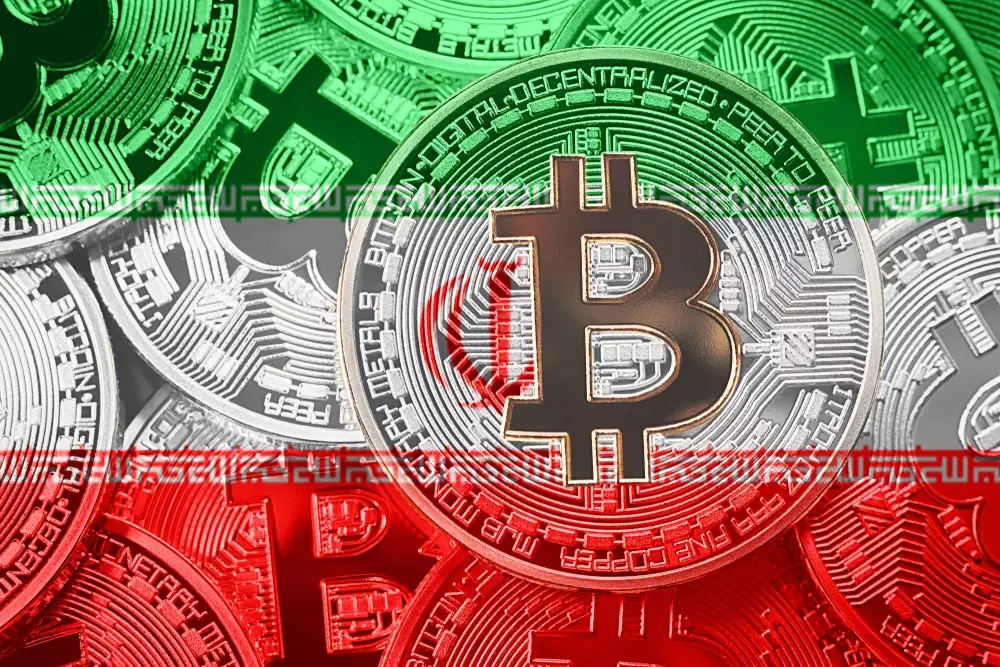Iran’s Financial Sector Enters New Phase of Instability as Ayandeh Bank Declared Insolvent
Iran’s financial sector has entered a new phase of instability after the Central Bank officially declared Ayandeh Bank insolvent, transferring its assets to state-owned Melli Bank. This move effectively nationalized what had been one of the country’s largest private lenders and exposed the scale of losses that had been building for years.
Central Bank Intervention and Fallout
Ayandeh Bank, founded in 2012 and operating over 270 branches, had accumulated roughly $5.2 billion in losses and $3 billion in debt, according to data from Asharq Al-Awsat. The Central Bank’s intervention aims to prevent wider contagion within an already fragile system plagued by high inflation, sanctions pressure, and a depreciating rial.
Officials have stated that depositors’ funds would remain secure under Melli Bank’s guarantee. However, public confidence has eroded sharply. Long queues were reported at Ayandeh branches in Tehran and other cities, reflecting widespread concern that repayment limits and slow insurance processes could delay access to deposits.
Iran’s deposit insurance framework only protects up to 1 billion rials (about $930) per account, with compensation often taking years. Depositors holding larger balances now face the risk of significant write-downs.
Governance Weakness and Structural Strain
The failure of Ayandeh Bank has been linked to poor lending practices, including extensive credit exposure to politically affiliated enterprises. Among its largest commitments was the Iran Mall complex, a debt-heavy development that struggled under project overruns and weak returns.
This episode underscores the vulnerabilities of Iran’s banking network, where state-linked projects and restricted foreign capital flows have compounded liquidity shortages. The economy, already contracting under renewed sanctions, continues to experience simultaneous inflationary and recessionary pressures—a combination that has pushed private lenders into increasingly unstable territory.
Global Parallels
Iran’s banking crisis mirrors broader weaknesses in the global financial system. In the United States, a series of regional bank failures in 2023—including Silicon Valley Bank, Signature Bank, and First Republic Bank—demonstrated how quickly depositor confidence can evaporate in environments of high interest rates and mismatched balance sheets.
Although U.S. regulators stabilized markets by guaranteeing deposits, subsequent stress tests and industry data suggest that smaller lenders remain under pressure. According to a recent analysis, regional banks continue to face rising delinquencies, higher funding costs, and thin capital buffers despite improved reserves.
Across both developed and emerging economies, the pattern is consistent: when trust weakens, liquidity strains follow, often forcing consolidation or state intervention.
The Broader Debate: Financial Sovereignty
Events like Ayandeh’s collapse have reignited discussions around counterparty risk and financial autonomy. Traditional deposit systems rely on centralized guarantees that can fail during crises. In contrast, decentralized assets such as Bitcoin operate without custodial intermediaries, allowing users to retain direct control of their holdings.
Bitcoin’s advocates argue that such architecture offers protection against both inflation and bank default, especially in jurisdictions where deposit insurance or currency stability cannot be relied upon. While volatility remains a major deterrent for institutional adoption, episodes of systemic banking stress continue to strengthen the perception of decentralized assets as an alternative form of financial assurance rather than mere speculation.
Outlook
Iran’s authorities face the dual challenge of stabilizing confidence in the banking system and addressing structural issues that led to Ayandeh’s failure. For global investors, the episode serves as another case study in how modern banking fragility is not limited by geography or politics.
When public faith in deposit guarantees weakens—whether in Tehran or New York—the appeal of assets existing outside the traditional financial infrastructure inevitably rises.
The information provided in this article is for educational purposes only and does not constitute financial, investment, or trading advice. Coindoo.com does not endorse or recommend any specific investment strategy or cryptocurrency. Always conduct your own research and consult with a licensed financial advisor before making any investment decisions.
About the Author
Alexander Zdravkov is a reporter at Coindoo who always looks for the logic behind things. He is fluent in German and has more than 3 years of experience in the crypto space, where he skillfully identifies new trends in the world of digital currencies. Whether providing in-depth analysis or daily reports on various topics, his deep understanding and enthusiasm make him a valuable member of the team.
https://coindoo.com/irans-financial-collapse-highlights-growing-appeal-of-bitcoin/
